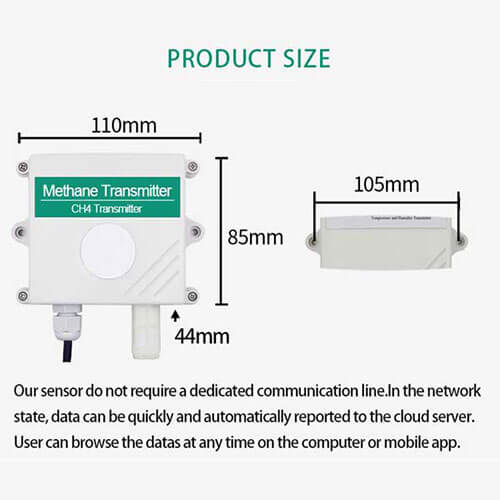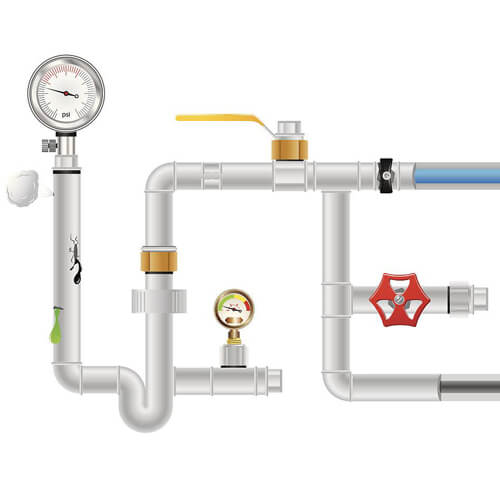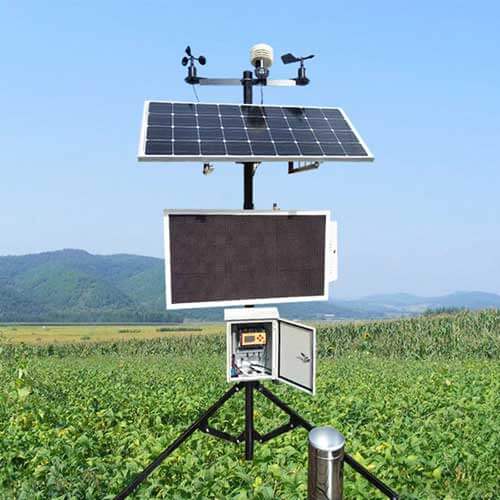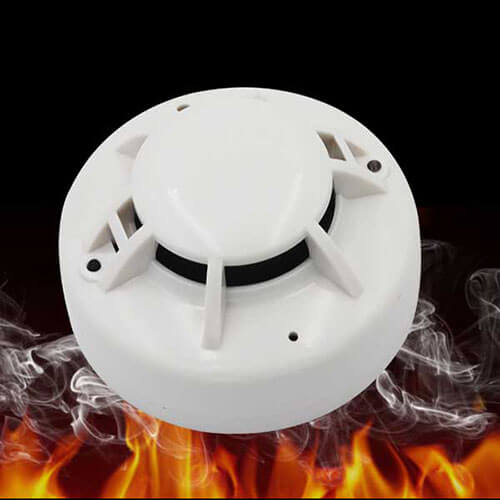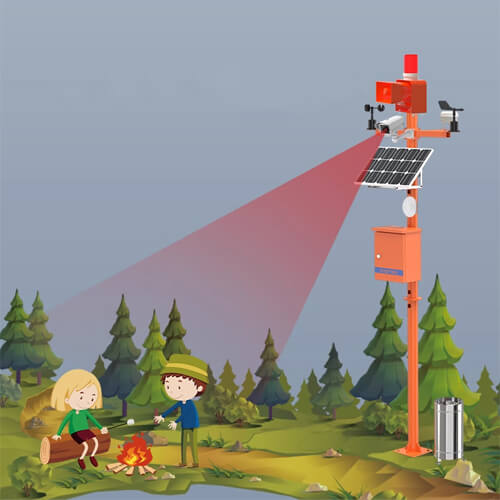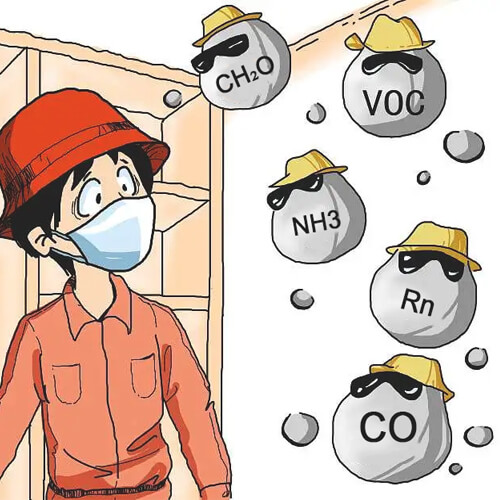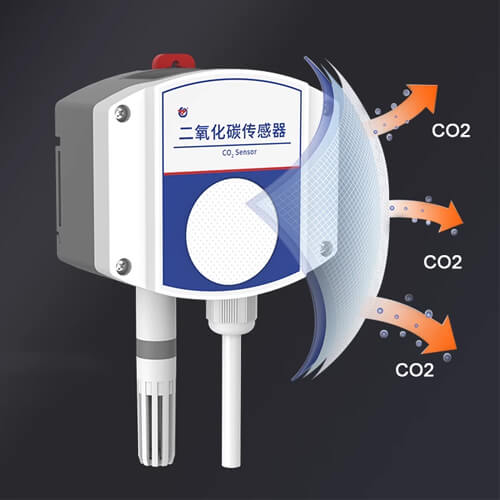The methane sensor is an instrument used to detect the concentration of methane gas. When methane gas leaks in the environment and the gas sensor detects that the gas concentration reaches the critical point set by the explosion or poisoning alarm, the alarm will send an alarm signal to remind workers to take safety measures and drive the exhaust, cut off, and spray system, To prevent an explosion, fire, and poisoning accidents.
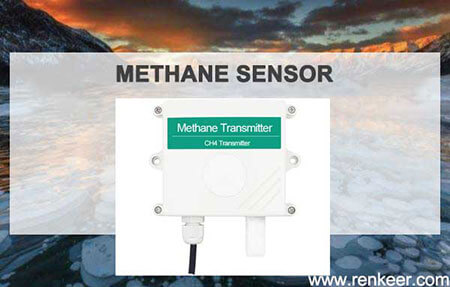
The methane sensor adopts the explosion-proof ExdIMb sensor, which has high strength, good hand feeling, and is waterproof, dustproof, and explosion-proof. It has the characteristics of strong safety, quick response speed, and strong anti-interference ability. After a unique compensation algorithm and multi-stage standard gas calibration, it also has the characteristics of long life, high precision, high repeatability, and high stability. It is suitable for underground pipe corridors, underground parking lots, public toilets, garages, workshops, chemical plants, greenhouses, and other occasions where real-time monitoring of methane concentration is required. The equipment adopts a wide-voltage 10-30V DC power supply, the standard Modbus-RTU communication protocol, address can be set, the baud rate can be changed, and the communication distance is up to 2000 meters.
Methane gas detection and alarm system functions:
1. real-time monitoring of the methane gas and toxic gas content near the underground pipe gallery of the control room, and real-time alarm when reaching a certain concentration.
2. Real-time view on-site conditions through the host computer system monitoring center.
3. Record the above monitoring data in real-time in the monitoring center, and centrally manage the data.
4. It can also send out alarm information through various methods such as sound and light alarm, SMS alarm, LED screen display, etc., to notify the person responsible for maintenance and management in time.
5.Automatic classification and sorting of historical data.
6. The management software provides event query, alarm configuration and query, and environment parameter browsing.
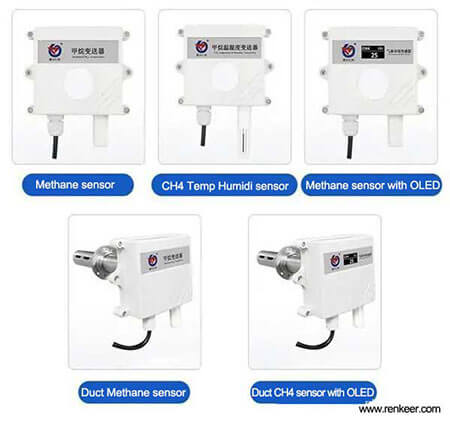
The correct installation method of methane sensor:
Within a radius of 1 5 meters from the air source, in a well-ventilated place:
1. Natural gas, city gas, carbon monoxide, and smog are lighter than air. If detecting natural gas, city gas, carbon monoxide, and smog, it is recommended to install them at a distance of about 0. 3 meters from the ceiling.
2. Liquefied gas is heavier than air and installed at a distance of about 0. 3 meters from the ground. If liquefied gas, carbon monoxide, and smoke are detected, because carbon monoxide is a highly toxic gas, and a small amount can poison people or even death, it is recommended to install 1.4 to 1.7 meters above the ground.
Installation is prohibited in these places:
Locations in the cabinet where the air is not easy to circulate; locations that are easily smoked by oil fume.
In an environment with a lot of dust or suspended particles, the smoke alarm will falsely report.
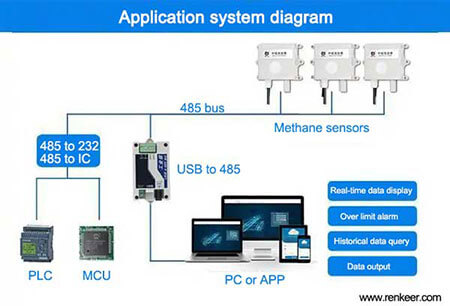
It is best not to install within these hours:
1. The house has not been painted and decorated;
2. The house is fully ventilated for less than 5 days after renovation:
3. Build wooden furniture in the house or buy new wooden furniture, where the full ventilation is less than 3 days
4. Use or spray insecticides (mosquitoes, cockroaches, etc.), air cleaners, glues, hair sprays, glues, etc., with insufficient ventilation for 4 hours.
It is forbidden to install the alarm. If it has been installed, please protect the alarm with a plastic bag after the sensor is powered off for a period of time. After sufficient ventilation time, the sensor can be turned on. So as not to damage the sensor and cause false alarms (alarm if there is no gas leakage).

